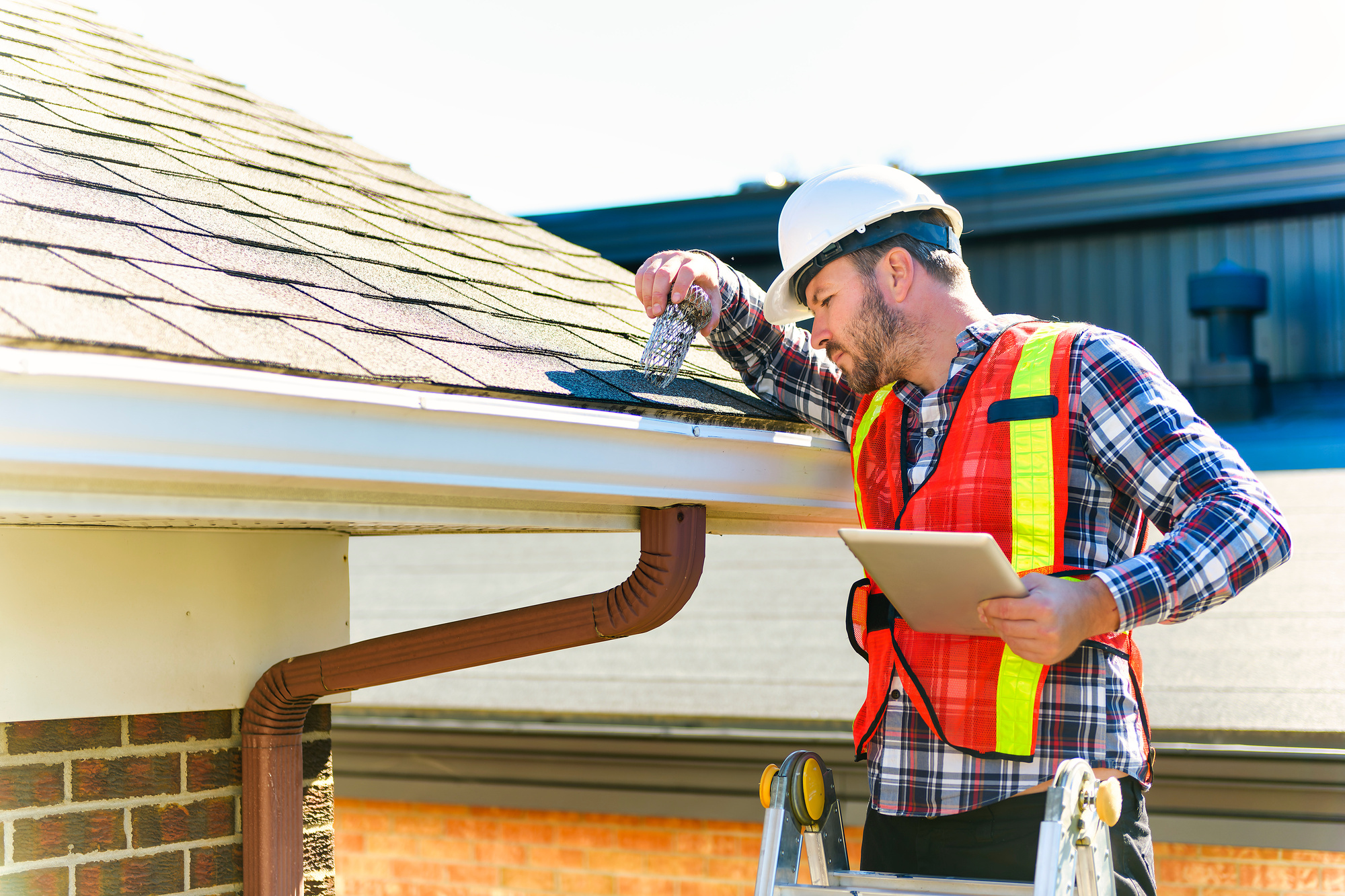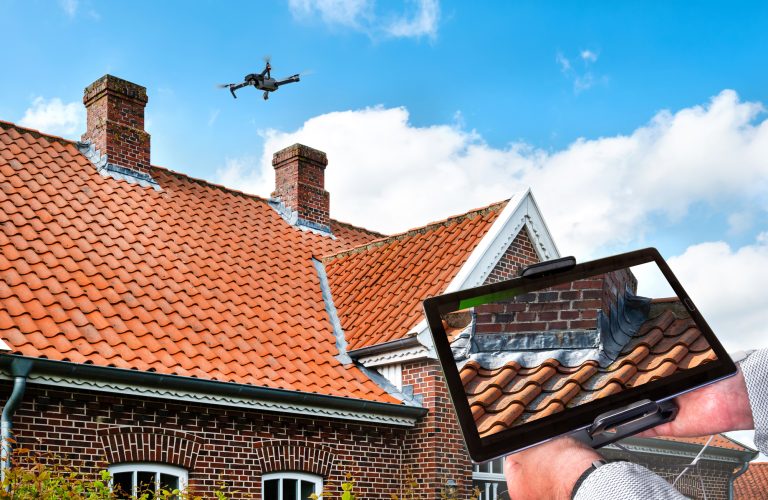The structural integrity of a building significantly depends on the condition of its roof. Thus, periodic roof inspections become vital to ascertain not only its current state but also to detect any potential issues that could lead to severe damage in the future. Roof inspections provide a proactive approach to maintenance, which helps extend the roof’s life and ultimately safeguard the building’s value.
Keep reading this article to learn more about professional roof inspection and the ten crucial steps involved with this process.
What Is A Professional Roof Inspection?
A professional roof inspection is a thorough examination of a building’s roofing system to identify any damage or potential problems. It’s performed by a qualified expert who has the experience and expertise to identify signs of damage.
When hiring experts to examine your roof’s condition, ensure they’re the right professionals for the job. Many homeowners trust a reputable roofing company to handle this intricate task because of the comprehensive nature of the inspection process.

Moreover, there are many benefits to having a professional inspection done on your home or commercial building. These include:
- Detect roof damage early: Professional inspectors can identify even the smallest signs of damage, which can be difficult for homeowners to spot on their own. Early detection helps avoid costly repairs or even a complete roof replacement.
- Extend the roof’s lifespan: By identifying and repairing damage early, you can help your roof last longer. This can save you money in the long run, as a new roof can be very expensive.
- Improve energy efficiency: A damaged roof can allow heat and moisture to escape, which can make your home less energy efficient. A professional examination can help you identify and repair any damage that’s affecting your home’s energy efficiency.
- Increase your home’s value: A well-maintained roof can make your property more attractive to potential buyers. A professional inspection can help you spot any repairs that need to be made to keep your roof in good condition.
Overall, a professional roof inspection is a wise investment that allows you to save money.
Steps In Professional Roof Inspection
Now that you understand what professional roof inspection is, it’s time to familiarize yourself with the crucial steps involved, which include:
1. Conduct A Preliminary Visual Inspection
Before any hands-on evaluation begins, the inspector will conduct a preliminary visual check. This involves walking around the property to look for roof problems and other visible signs of damage, such as sagging, rust, or obvious wear and tear. The observations from the ground level can give the inspector a basic idea of the roof’s condition. Once this initial observation is complete, a more detailed examination of the materials ensues.
2. Check The Roofing Materials
Whether it’s tiles, shingles, or metal sheeting, the type of roofing material plays a crucial role in its longevity and performance. For instance, the inspectors will closely examine these materials, looking for cracks, breaks, or missing elements. Deteriorating materials can be a sign of a bigger underlying problem that needs to be addressed as soon as possible.
3. Perform A Roof Drainage System Inspection
Water damage is one of the most detrimental problems a building can face. The inspector will ensure that gutters, downspouts, and drains aren’t clogged. They’ll also check for proper slope, ensuring water moves away from the building and doesn’t pool on the roof.
4. Examine The Roof Flashing
Flashing is designed to guide water away from critical areas of the roof, especially where it meets vertical surfaces like walls or chimneys. Damaged or improperly installed flashing can lead to significant water damage. Hence, it’s important for the inspector to check the flashing’s condition to prevent this unfortunate situation.
5. Determine Roof Penetrations
Skylights, chimneys, vents, and other roof penetrations are potential leak sources. Thus, the inspector will examine the seals and joints around these fixtures to ensure they remain watertight and structurally sound.
6. Check The Interior
Not all roofing problems are evident from the outside. The inspector will typically visit the building’s attic or the space directly beneath the roof. They’ll look for signs of water intrusion, mold, rot, or insulation damage.
7. Do A Structural Inspection
Over time, roofs can begin to sag due to weight, water damage, or poor construction. An essential part of the inspection involves evaluating the structural integrity of the deck and supporting framework. This ensures the roof can bear its own weight as well as any additional burdens such as snow or equipment.
8. Examine Roof Insulation
Insulation plays a dual role by keeping the building warm during winters and cool during summers. However, if compromised, it can lead to higher energy bills and discomfort for occupants. Hence, the inspector will examine the insulation for moisture, pest damage, or any disintegration.
9. Check The Roof Ventilation
Adequate roof ventilation can prevent heat and moisture buildup. On the other hand, insufficient ventilation can lead to premature aging of the materials, warping, and even mold growth. As such, the inspector will check vents, turbines, and other ventilation sources to ensure proper airflow.
10. Provide Proper Documentation And Reporting
After conducting a thorough examination, the inspector will compile their findings in a detailed report. This report often includes photographs, descriptions of issues found, and recommendations for repairs or replacements. It’s a valuable tool as it gives them a clear roadmap of the current state of your roof and any immediate concerns.
Conclusion
Roof inspections aren’t just about finding problems; they’re about proactive care. By following these critical steps, the inspector can provide you and the property managers with peace of mind, knowing you’ve taken all necessary measures to protect your investment. Proper inspections can save significant amounts of money in the long run, preventing minor issues from turning into major, costly repairs.

